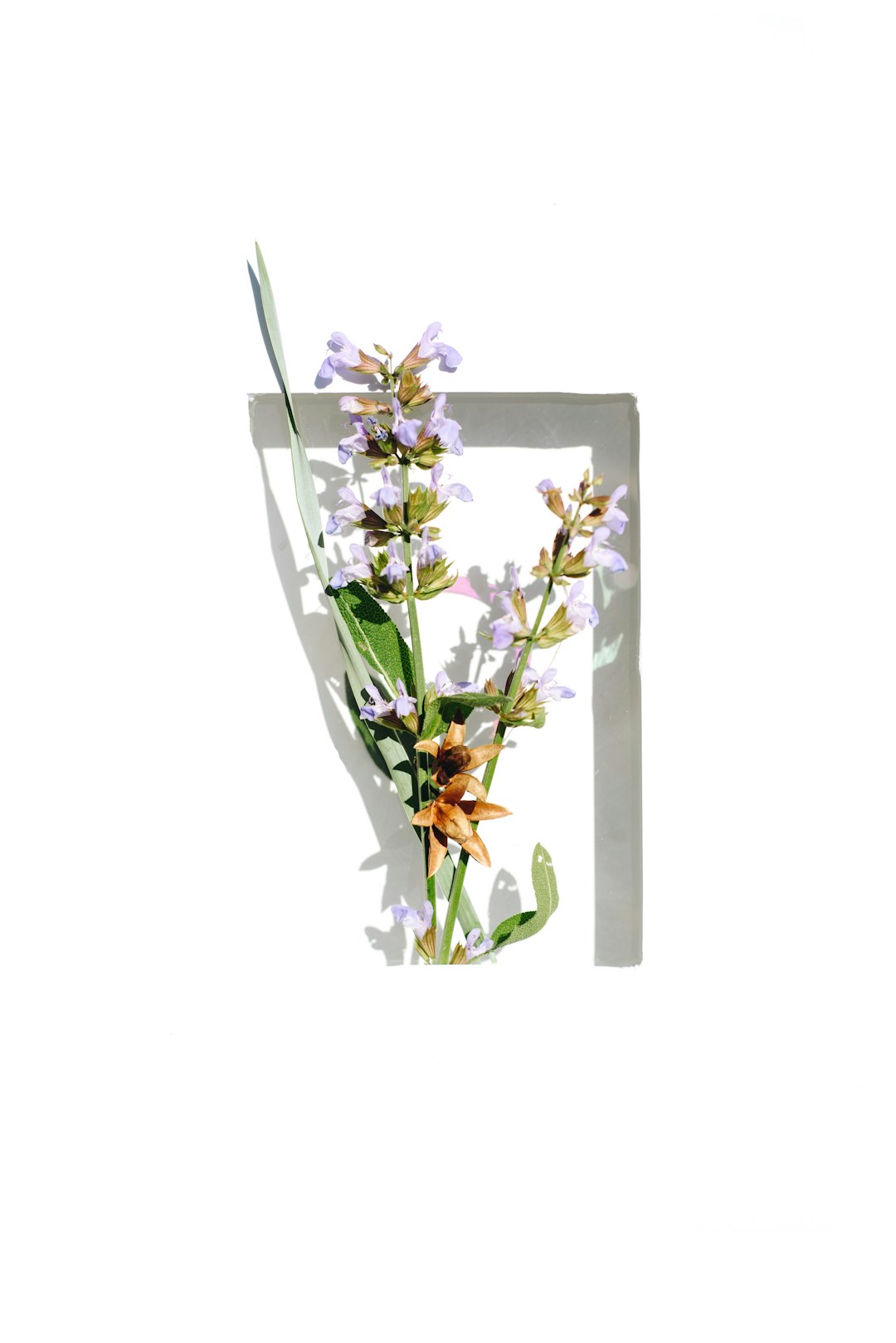Unveiling the Secrets of Flowering Cherry Trees in Your Garden

Flowering cherry trees are a captivating addition to any landscape, offering a burst of color and beauty during the spring months. These trees are not only visually stunning but also hold cultural significance in many parts of the world. In this article, we will explore the essential growing information for flowering cherry trees and provide tips on how to successfully cultivate one in your own garden.
### Understanding Flowering Cherry Trees
Flowering cherry trees belong to the genus Prunus, which includes several species and hybrids. Some of the most popular varieties for ornamental purposes are Prunus serrulata (Japanese cherry), Prunus subhirtella (Higan cherry), and Prunus x yedoensis (Yoshino cherry). Each variety has its own unique characteristics, such as flower color, bloom time, and tree shape.
The flowers of flowering cherry trees come in a range of colors, from pure white to various shades of pink. They typically bloom in clusters, creating a spectacular display that can last for several weeks. The foliage of these trees also adds interest throughout the growing season, often turning vibrant shades of red, orange, or yellow in the fall.
### Ideal Growing Conditions
To ensure the health and vitality of your flowering cherry tree, it is important to provide it with the right growing conditions. Here are some key factors to consider:
Sunlight: Flowering cherry trees thrive in full sun, which means they need at least 6 to 8 hours of direct sunlight per day. Choose a planting location that receives ample sunlight throughout the day to promote optimal growth and flowering.
Soil: These trees prefer well - drained soil that is rich in organic matter. A slightly acidic to neutral soil pH (between 6.0 and 7.0) is ideal. If your soil is heavy clay or poorly drained, you can improve it by adding compost, peat moss, or other organic amendments. This will help to improve soil structure and drainage, allowing the roots to grow freely.
Water: While flowering cherry trees are relatively drought - tolerant once established, they require regular watering during the first few years after planting. Water deeply and infrequently to encourage the roots to grow deep into the soil. Avoid over - watering, as this can lead to root rot and other problems. During hot, dry periods, you may need to water more frequently to keep the soil moist but not waterlogged.
### Planting Your Flowering Cherry Tree
When planting a flowering cherry tree, follow these steps for best results:
Choose the Right Time: The best time to plant a flowering cherry tree is in the fall or early spring. This allows the tree to establish its roots before the hot summer months or the cold winter weather.
Dig the Hole: Dig a hole that is two to three times wider than the root ball of the tree and just as deep. Gently loosen the roots of the tree before placing it in the hole. Make sure the tree is planted at the same depth as it was in the nursery container.
Backfill the Hole: Fill the hole with a mixture of the original soil and organic matter. Tamp the soil gently around the roots to remove any air pockets. Water the tree thoroughly after planting to settle the soil.
Apply Mulch: Apply a layer of mulch around the base of the tree, but keep it a few inches away from the trunk. Mulch helps to retain moisture, suppress weeds, and regulate soil temperature. Use a natural mulch such as wood chips, shredded bark, or pine needles.
### Pruning and Maintenance
Pruning is an important part of maintaining the health and shape of your flowering cherry tree. Here are some pruning tips:
Timing: Prune your flowering cherry tree in the late winter or early spring, before the new growth begins. This will minimize the risk of disease and allow the tree to heal quickly.
Remove Dead or Diseased Branches: Start by removing any dead, damaged, or diseased branches. This will help to prevent the spread of disease and improve the overall appearance of the tree.
Thin Out Overcrowded Branches: Remove any branches that are crossing or rubbing against each other. This will improve air circulation and sunlight penetration, reducing the risk of fungal diseases.
Shape the Tree: If desired, you can shape the tree by selectively pruning branches to create a more balanced and aesthetically pleasing form. However, avoid over - pruning, as this can stress the tree and reduce flowering.
### Pest and Disease Control
Flowering cherry trees can be susceptible to a variety of pests and diseases. Here are some common problems and how to deal with them:
Pests: Common pests that affect flowering cherry trees include aphids, scale insects, and Japanese beetles. You can control these pests by using insecticidal soaps, horticultural oils, or other organic pest control methods. Regularly inspect your tree for signs of pest infestation and take action promptly.
Diseases: Some of the most common diseases that affect flowering cherry trees are cherry leaf spot, powdery mildew, and brown rot. To prevent these diseases, practice good sanitation by removing fallen leaves and fruit from around the tree. You can also apply fungicides as a preventive measure, especially during wet weather conditions.
In conclusion, growing a flowering cherry tree in your landscape can be a rewarding experience. By providing the right growing conditions, proper planting, and regular maintenance, you can enjoy the beauty of these trees for many years to come. Whether you are a seasoned gardener or a beginner, adding a flowering cherry tree to your garden will surely enhance its charm and appeal.